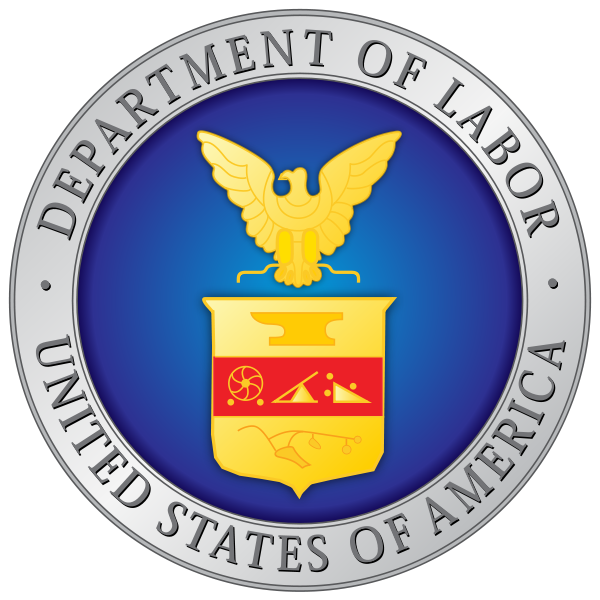By Corey J. Goerdt
The U.S. Department of Labor has taken the next step in its nearly-six-year-old “fissured industries” initiative by releasing Administrator Interpretation No. 2016-1, dealing with concepts of “joint employment” under the federal Fair Labor Standards Act and the federal Migrant and Seasonal Agricultural Worker Protection Act.
Companies and other organizations that are engaged in multi-participant arrangements such as outside-party management, joint ventures, staffing services, employee leasing, temporary help, subcontracting, certain kinds of “job sharing,” dedicated vendors/suppliers, and so on take heed: The Labor Department seeks to put as many of you as possible on the hook for any alleged FLSA or MSPA violations affecting the workers performing services in these arrangements.
“Joint employment” is not a new concept, of course, but the Department of Labor’s new guidance portends both an expansive interpretation of those principles and an aggressive agency enforcement posture.
What is “Joint Employment”?
Under the FLSA and MSPA, a worker can be employed by two or more employers simultaneously.
In this situation, each joint-employer shares the same compliance responsibility as every other one vis-a-vis the jointly-employed worker. The Labor Department “interpretation” focuses upon two joint-employment scenarios: “Horizontal” and “vertical.”
The “Horizontal” view
The U.S. Department of Labor says that the “horizontal” variety exists when two or more employers separately employ a worker, but the employers share a sufficiently close association or relationship with respect to the employee’s work.
It suggests that this might be the case where, for instance, two restaurants owned by different legal entities operate under the same brand, share a common majority owner, coordinate the employee’s schedule, share supervision over her, and pay her through the same payroll processor.
The Interpretation provides some relevant considerations, including (among others):
- Whether and to what extent there is common ownership, and/or overlapping officers, directors, executives, or managers, and/or shared or intermingled operational control, and/or shared clients or customers;
- Whether the potential joint-employers share supervisory authority over employees or treat them as members of a pool of employees available to both employers;
- Whether there are any relevant agreements between the potential joint-employers that shed light on the relationship.
The “Vertical” view
“Vertical” joint-employment might exist, the Labor Department says, when one company contracts for workers who are directly employed by what the agency calls the “intermediary” company supplying their labor.
Illustrations the Department of Labor gives include:
- A construction worker who is employed by a subcontractor but who is also economically dependent upon the general contractor; or,
- A manufacturer’s production worker is employed and paid by a staffing agency but is also employed by the manufacturer.
The Labor Department “interpretation” embraces an “economic realities” analysis to determine whether there is a vertical joint-employment. It says that the ultimate question is whether the worker is “economically dependent on the potential joint employer who, via an arrangement with the intermediary employer, is benefitting from the work.”
7 factors showing economic dependency
The Department of Labor identifies seven relevant factors tending to favor economic dependency:
- Directing, controlling, or supervising the work performed — Is the individual’s work controlled or supervised by the potential joint-employer beyond a reasonable degree of contract-performance oversight?
- Controlling employment conditions — Does the potential joint-employer have the power to hire or fire the employee, modify the employment conditions, or determine the rate or method of pay?
- Permanency and duration of the relationship — Is the relationship permanent, long-term, or indefinite?
- Nature of the work — Is the employee’s work repetitive and rote or relatively unskilled, and/or does it require little or no training?
- Services are integral — Is the employee’s work an integral part of the potential joint-employer’s business or activity?
- Work performed on the premises — Does the employee perform the work on premises owned or controlled by the potential joint-employer?
- Performing administrative functions commonly performed by employers — Does the potential joint-employer perform administrative functions for the employee, such as handling payroll, providing workers’-compensation insurance, providing necessary facilities and safety equipment, housing, or transportation, or providing tools and materials required for the work?
As these factors suggest, the determination will depend heavily upon the facts in each situation.
The Bottom Line
Is this really so important? Certainly those employers who have had to pay hundreds of thousands or millions in joint-employment-based FLSA liability think so.
The U.S. Department of Labor clearly sees this as a high-priority matter. Moreover, the release of this Interpretation is likely to spark interest among plaintiffs’ attorneys across the nation.
Employers should immediately conduct a careful review to see whether this renewed attention to joint-employment presents a potential threat to their bottom-lines.
This originally appeared on the Fisher & Phillips Wage & Hour Laws blog.
